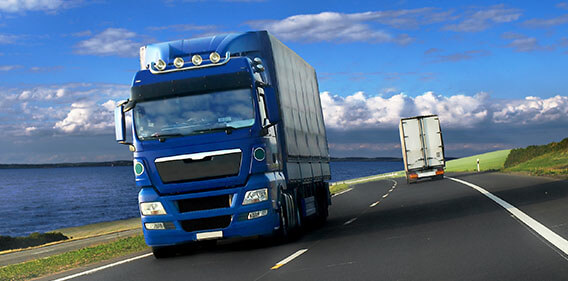What is the full form of FORFOR: Freight on RoadFOR stands for Freight on Road. The term Freight is used for the goods that are transported in bulk from one place to the other place, such as from one city to another city or from one country to another country. The cost incurred in transporting goods is called freight cost. 
FOR means, if goods are ordered on FOR basis, the goods will be transported by road and the client does not need to pay the freight cost. The goods will be transported from the supplier to the client without any transportation charges. Majority of the suppliers supply goods by roads. Some supply by air and some use waterways. The majority of the world markets are accessible by road so a freight company that supplies goods for importers or exporters by road usually works on FOR basis to stay ahead of other freight companies. FOR means if goods are ordered on FOR basis, the goods will be transported by road, and the client does not need to pay the freight cost. The goods will be transported from the supplier to the client without any transportation charges. The majority of the suppliers supply goods by road. Some supply by air, and some use waterways. The majority of the world markets are accessible by road so a freight company that supplies goods for importers or exporters by road usually works on FOR basis to stay ahead of other freight companies. Efficiency and FlexibilityBy utilizing the current road infrastructure, FOR enables logistics businesses to enhance efficiency. FOR enables freight to be carried directly from the place of origin to the destination, minimizing transit times and obviating the need for intermediary transfers, in contrast to conventional techniques, which frequently include numerous modes of transportation. This simplified strategy provides increased flexibility, enabling businesses to adapt swiftly to shifting consumer expectations and improve their supply chain processes. Cost-effectivenessThe FOR's cost-effectiveness is one of its main benefits. It eliminates the danger of damages or delays brought on by several transfers by doing away with the necessity for trans-loading and transshipment. By selecting the most effective routes and vehicles, FOR also optimizes fuel consumption and lowers emissions, adding to cost savings and environmental sustainability. Real-time Visibility and TransparencyFOR makes use of cutting-edge technology like GPS monitoring, IoT (Internet of Things), and telematics to deliver real-time visibility and transparency throughout the transportation process. Customers and shippers may track the status of their freight, assuring prompt delivery and reducing the chance of theft or loss. Better supply chain management, better customer service, and quicker problem-solving are made possible by this increased visibility. Scalability and AdaptabilityBecause FOR is scalable and adaptable, it can be used by companies of various sizes. Companies of various sizes may use the advantages of FOR to streamline their logistics processes, from tiny businesses to significant international firms. Due to its adaptability, it can be easily integrated with current supply chain systems, negating the need for costly infrastructure expenditures or labor-intensive deployment procedures. Future DevelopmentWhile FOR offers a number of benefits, there are issues that need to be resolved. These include restrictions on the infrastructure, heavy traffic, and regulatory compliance. For the safe and successful implementation of FOR, governments and stakeholders must collaborate to invest in the construction of road infrastructure, put into place efficient traffic management plans, and establish uniform laws. FOR is anticipated to experience further breakthroughs in the future. Drones and other automation technologies, which can boost productivity and lower operating costs, have the potential to completely transform how freight is transported. The capabilities of FOR will be further improved by integration with other cutting-edge technologies, like blockchain, AI, and data analytics, spurring innovation and optimization in the logistics sector. ConclusionThe FOR (Freight on Road) idea revolutionizes freight transportation by effectively leveraging road networks. The logistics industry may be heavily impacted by FOR because of its focus on scalability, real-time tracking, efficiency, and cost-effectiveness. Adopting this strategy will enable companies to improve customer happiness, optimize supply chain operations, save costs, and contribute to a more sustainable future for freight transportation.
Next TopicFull Form
|
 For Videos Join Our Youtube Channel: Join Now
For Videos Join Our Youtube Channel: Join Now
Feedback
- Send your Feedback to [email protected]
Help Others, Please Share










